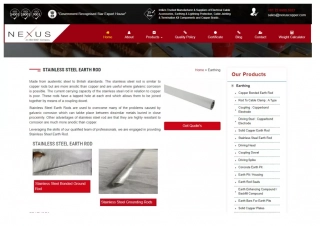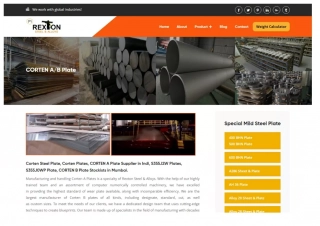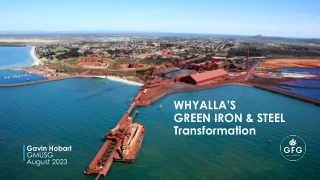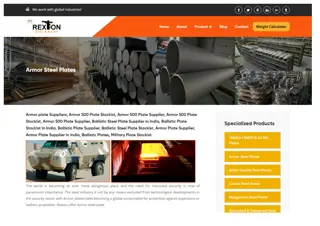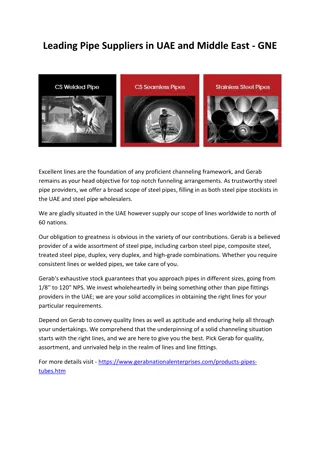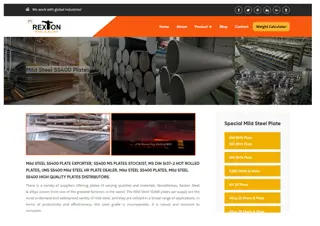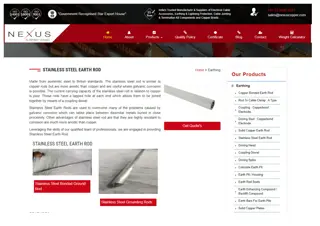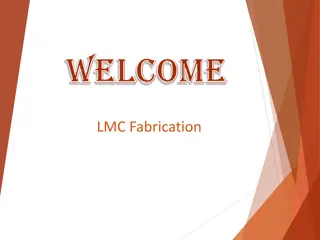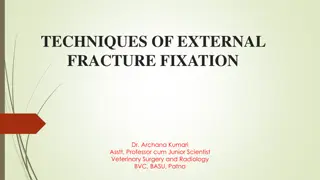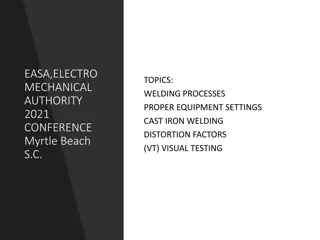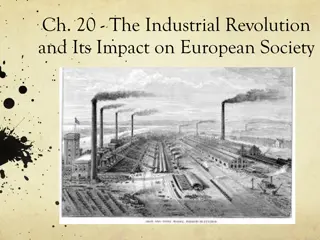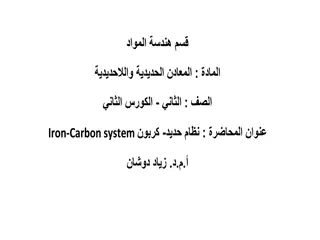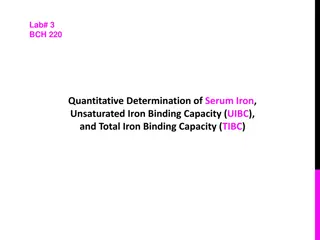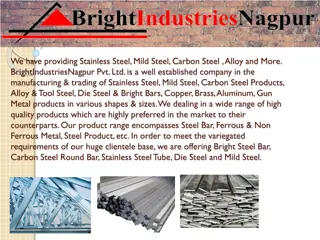Steel Structures: A Comparative Study of Cast Iron, Wrought Iron, and Steel
Explore the differences between cast iron, wrought iron, and steel in terms of composition, properties, strengths, rusting tendencies, malleability, ductility, reaction to shock, forging, welding, and common uses. Dive into the details of these materials to understand their unique characteristics and suitability for various applications in engineering and construction.
Uploaded on Sep 23, 2024 | 6 Views
Download Presentation

Please find below an Image/Link to download the presentation.
The content on the website is provided AS IS for your information and personal use only. It may not be sold, licensed, or shared on other websites without obtaining consent from the author.If you encounter any issues during the download, it is possible that the publisher has removed the file from their server.
You are allowed to download the files provided on this website for personal or commercial use, subject to the condition that they are used lawfully. All files are the property of their respective owners.
The content on the website is provided AS IS for your information and personal use only. It may not be sold, licensed, or shared on other websites without obtaining consent from the author.
E N D
Presentation Transcript
ESHAN COLLEGE OF ENGINEERING FARAH MATHURA SUB- STEEL STRUCTURE NAME- ASHISH VERMA
Steel Man made metal derived from iron- which is its major constituent Remaining components are small amounts of other elements Added to improve the quality of steel
Used as: Basic products of steel mill such as plate, section and bars From this members are fabricated viz. beams, girders, columns, struts, ties etc.
Steel vs. Cast Iron Up to 1.5 % Carbon combines with iron More than 1.5 -4.5 % present as free graphite known as cast iron Properties vary with the varying carbon content Increasing carbon content produces increase in shear strength & hardness Decreases the ductility and toughness
Comparison between Cast Iron, Wrought Iron & Steel Cast Iron Wrought iron Steel composition Crude form containing 2-4% carbon Purest Contains up to 0.25% carbon Midway Melting point 1200 degree Celsius 1500 degree Celsius 1300-1400 degree Celsius Hardness Hard, hardened by heating & sudden cooling Cannot be hardened or tempered Can be hardened & tempered Strength Comp. strength 6.3-7.1 tonnes/sq cm Ultimate tensile strength 1.26 to 1.57tonnes/sq cm. compressive strength is 2.0 tonnes/sq cm and ultimate tensile strength 3.15 tonnes/sq cm Comp strength 4.75 -25.2 tonnes/ sq cm Ultimate tensile strength is 5.51 to 11.02 t /sq m
Comparison between Cast Iron, Wrought Iron & Steel Cast Iron Wrought iron Steel Rusting Does not rust easily Rusts more than Cast Iron Rusts easily Malleability&Duct ility Brittle & cannot be welded or rolled into sheets Tough, malleable, ductile & moderately elastic Tough, malleable & Ductile Reaction to sudden shock Does not absorb shocks Cannot stand heavy shocks Absorbs shocks Forging & Welding Brittle and cannot be welded or rolled into sheets Easily forged or welded Rapidly forged or welded
Comparison between Cast Iron, Wrought Iron & Steel Cast Iron Wrought iron Steel Uses For parts that rust easily like water pipes, sewers, drain pipes etc. Making such parts of machines as are not likely to be subjects to shocks or tension Lamp posts, columns and railings Costlier than mild steel so being replaced by the latter Withstand shocks without permanent injury so used in chains, crane hooks and railway couplings Used as reinforcemen t in R.B. & R.C.C. Used in making St. members, bolts, rivets and sheets (plain and corrugated) Making cutlery, files & machine tools
Types of Steel: (According to varying Carbon Content) Dead Mild Steel (Less than 0.15 % Carbon ) Mild Steel (0.15 0.30 % Carbon) Medium Carbon Steel (0.30 -0.80 % Carbon) High Carbon Steel (0.80 -1.50 % Carbon) Cast Steel / Carbon Tool Steel (More than 1.50 % Carbon)
Mild Steel Ductile & malleable More tough and more elastic than cast iron and wrought iron More prone to rusting than wrought iron Corrodes quickly Easily forged, welded & riveted Withstands shocks & impacts well Not much affected by saline water Equally strong in tension, compression and in shear Difficult to harden and temper Sp. Gravity 7.8
Mild Steel : Uses Used as rolled structural sections like I- section; T-section; channel Section; angle irons. Plates round and square rods M.S. Round bars Used as reinforcement in R.C.C. M.S. tubes are used in structures Plain and Corrugated M.S. Sheets are used in roofing
Medium Carbon Steel Granular structure More tough & elastic than M.S. Easier to harden & to temper More difficult to to forge and to weld Stronger in compression than in tension or in shear Withstands shocks and vibrations better
Medium Carbon Steel : Uses For making tools such as dills, files, chisels Used for making those parts that ae hard , tough and durable and capable of withstanding shocks and vibrations
High Carbon Steel Increased tensile strength leads to less weight of it being used as compared to M.S. Structure becomes lighter Resists corrosion better Tougher and more elastic More brittle and less ductile than mild steel



